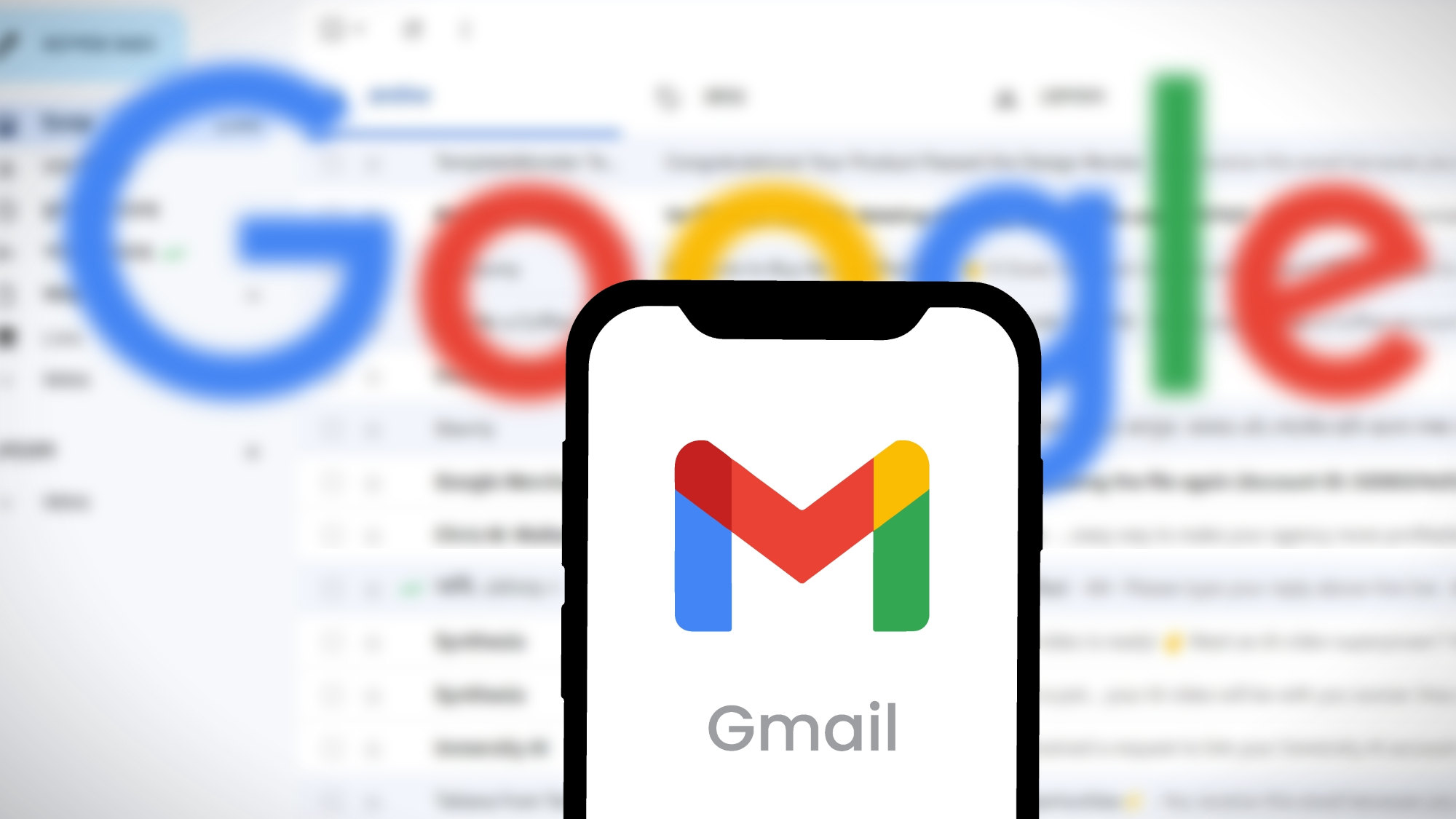
Gmail’s Evolving Login Process: From SMS 2FA to QR Code Security
Introduction
In the realm of email services, Gmail reigns supreme with an estimated 1.8 billion active users globally. As a pioneer in online security, Google played a pivotal role in the adoption and普及of two-factor authentication (2FA). However, the SMS method for delivering 2FA codes, though once seen as a robust security measure, has fallen prey to exploitable vulnerabilities.
The Downfall of SMS 2FA
The reliance on SMS for delivering 2FA codes has exposed a glaring security flaw: hackers have devised ways to bypass this supposedly secure mechanism. Techniques such as SIM card theft and phishing tactics have provided malicious actors with access to these sensitive codes, compromising the integrity of 2FA protection. Moreover, the security of SMS 2FA heavily depends on the reliability of mobile service providers, a factor beyond the control of users.
Google’s Response: Embracing QR Code Security
Recognizing the shortcomings of SMS-based 2FA, Google is spearheading a change in Gmail’s login process. According to an exclusive report by Forbes, Gmail will soon abandon SMS-based two-factor authentication. Taking its place will be the adoption of QR codes, a far more secure alternative to SMS codes.
Ross Richendrfer, a Google spokesperson, outlined the company’s vision: "Just like we want to move past passwords with the use of things like passkeys, we want to move away from sending SMS messages for authentication."
Benefits of QR Code-Based Logins
The transition from SMS to QR codes aligns with growing concerns about the security of SMS 2FA codes. QR codes offer a more robust approach to authentication for several reasons:
-
Enhanced Security: QR codes are inherently more secure than SMS codes due to their unique characteristics. They are difficult to spoof or intercept, making them less vulnerable to phishing attacks and SIM card hijacking.
-
Convenience: QR codes offer a convenient and efficient login experience. Users can simply scan the code using their smartphone or authentication app, eliminating the need to remember and manually enter complex numeric codes.
-
Comprehensive Protection: The move to QR code authentication is part of Google’s broader strategy to strengthen the security of Gmail accounts. By reducing the reliance on SMS, Google aims to curb the rampant abuse of SMS 2FA and protect users from sophisticated phishing attempts.
Implementation Timeline
Google has not yet disclosed specific details regarding the implementation of QR code-based logins in Gmail. However, the company has expressed its intention to work on the transition "over the next few months."
Conclusion
Google’s decision to phase out SMS-based 2FA in Gmail marks a significant step forward in the evolution of online security. By embracing QR code authentication, Google is addressing the vulnerabilities of SMS and providing users with a more robust and user-friendly login experience. As the transition unfolds, it will be crucial for Gmail users to stay informed about the implementation timeline and any necessary adjustments to their account settings. By embracing the enhanced security measures, users can safeguard their accounts and navigate the digital landscape with greater confidence.
